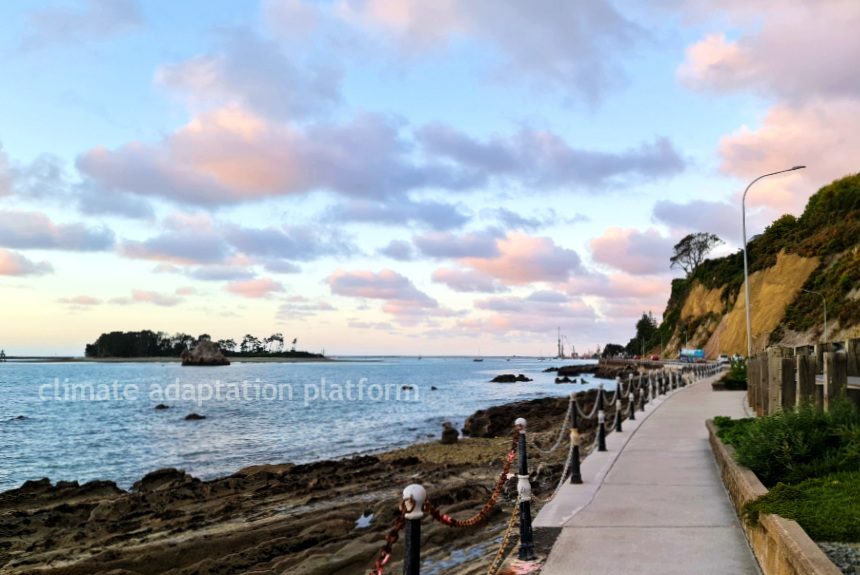One News reports the “explosive” new data from the NZ SeaRise, that sea-level rise in New Zealand is rising “twice as fast as previously thought in some parts of the country” and significantly reduces the amount of time needed by authorities to respond.
According to the article, NZ SeaRise data shows that Wellington, the country’s capital and its biggest city, Auckland, may find themselves inundated decades earlier than projected. For instance, in just 18 years, Wellington will see a 30 cm or almost a foot of sea-level rise, bringing catastrophic floods annually.
The NZ SeaRise is a programme comprising dozens of local and international scientists, including GNS Science and NIWA; the programme’s overarching goal is to improve predictions of sea-level rise in Aotearoa New Zealand, to 2100 and beyond (NZ SeaRise, 2022).
It is a five-year (2018-2023) research programme funded by the Ministry of Business, Innovation and Employment, hosted at Victoria University of Wellington, and led by Associate Professor Richard Levy and Professor Tim Naish (NZ SeaRise 2022).
Sealevel rise in New Zealand is caused mainly by the thermal expansion of the oceans and the melting of polar ice sheets. Prof. Tim Naish of Victoria University in Wellington says that a third factor – the rate of land subsidence in New Zealand, doubles the speed of sea-level rise in the country (Cardwell, 2022).
He said some areas are sinking 3 mm or 4 mm a year, the same rate of sea-level rise, “doubles the amount of sea-level rise and it halves the time … you thought you had to deal with the sea-level rise that was in the original guidance documents that councils were using” (Cardwell, 2022).
In the NZ SeaRise video below, Prof Naish identified the Lower North Island and the Eastern Side of the Lower North Island as subsiding at high rates or up to 8 millimetres per year and explains what is causing this land subsidence.
The NZ SeaRise project predicts location-specific sea level rise in New Zealand up to 2300. They developed the NZ SeaRise Takiwa sub-website, which features an online map to access these sea-level rise predictions.
The tool “allows users to click on a particular location on the coast and see how much sea level is expected to rise, and by when under different climate change scenarios.”
Data from the NZ Rise programme will help inform the Ministry for the Environment’s national adaptation plan and also assist the country in making the best decisions on managing the sea-level rise.
For more details, click the links provided in the “Source” below.
Source:
Cardwell, H. (2022, May 5). Sea levels rising twice as fast as thought in some parts of NZ. Retrieved from https://www.1news.co.nz/2022/05/02/sea-levels-rising-twice-as-fast-as-thought-in-some-parts-of-nz/
NZ SeaRise. https://www.searise.nz/



Leave a Reply